Citizenship United States | Academic advisor Perry McCarty | |
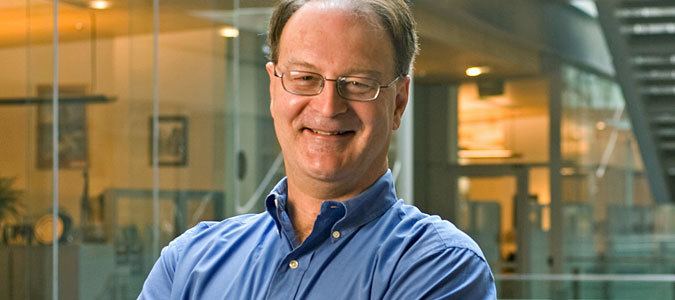 | ||
Known for Pioneering the development of biofilm fundamentals and their widespread use in the cleanup of contaminated waters, soils, and ecosystems; linking of molecular microbial ecology and geochemistry to environmental engineering processes Notable awards Joan Hodges Queneau Palladium Medal, American Association of Engineering Societies, American Association of Engineering Societies, (2014); BioCluster Award, International Water Association and International Society for Microbial Ecology (2014); Distinguished Member, American Society of Civil Engineers (2012); Simon W. Freese Environmental Engineering Award and Lecture, American Society of Civil Engineers (2009); Member, National Academy of Engineering (2004); A. R. I. Clarke Prize for Outstanding Achievement in Water Science and Technology, National Water Research Institute (1994); Walter L. Huber Research Prize, American Society of Civil Engineers (1990) Residence Tempe, Arizona, United States Books Environmental Biotechnology: Principles and Applications Alma maters Master of Science, Washington University in St. Louis, Stanford University, University of Waterloo People also search for Perry L. McCarty, Perry McCarty Fields Environmental biotechnology, Environmental engineering | ||
Washu engineering 2015 alumni achievement award bruce rittmann
Bruce E. Rittmann is Regents' Professor of Environmental Engineering and Director of the Swette Center for Environmental Biotechnology at the Biodesign Institute of Arizona State University, and a member of both the Civil Engineering and the Chemical Engineering Sections of the National Academy of Engineering. He was elected to the Academy in 2004.
Contents
- Washu engineering 2015 alumni achievement award bruce rittmann
- Bioenergy research bruce rittmann
- Biography
- Biofilm modeling
- Molecular microbial ecology
- Microbial products
- Bioremediation
- Membrane biofilm reactors
- Photobioenergy
- Microbial electrochemical cells
- Intestinal microbial ecology
- Books
- Refereed journal papers
- Awards
- References
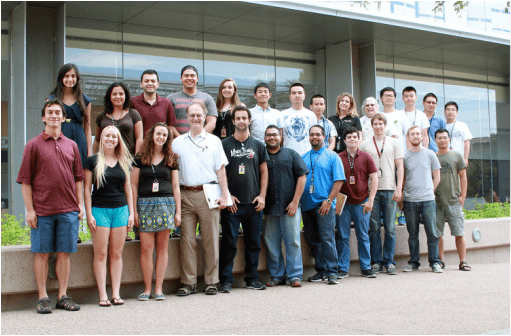
Bioenergy research bruce rittmann
Biography
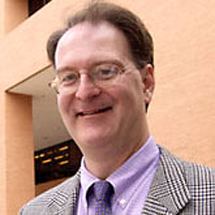
Rittmann was born in St. Louis, MO to Albert and Ruth Rittmann. He moved to Affton, MO at age 4 and attended Reavis Elementary School and Affton High School. In 1974, he received the BS degree in Civil Engineering and MS degree in Environmental and Sanitary Engineering from Washington University in St. Louis. After working as an environmental engineer with Sverdrup & Parcel in St. Louis, he moved to Stanford University, where he received the PhD in Environmental Engineering in 1979. His PhD adviser was Perry L. McCarty.
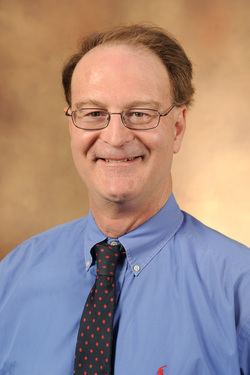
Rittmann joined the faculty in the Department of Civil Engineering at the University of Illinois at Urbana-Champaign in 1980 as an assistant professor. He was promoted to associate and full professor in 1984 and 1988. In 1992, Rittmann moved to Northwestern University to become the John Evans Professor and Area Coordinator of Environmental Engineering. In 2005, he moved to Arizona State University to start the Center for Environmental Biotechnology in the newly formed Biodesign Institute. He was named a Regents’ Professor in 2009, and the Center was endowed as the Swette Center for Environmental Biotechnology in 2011.
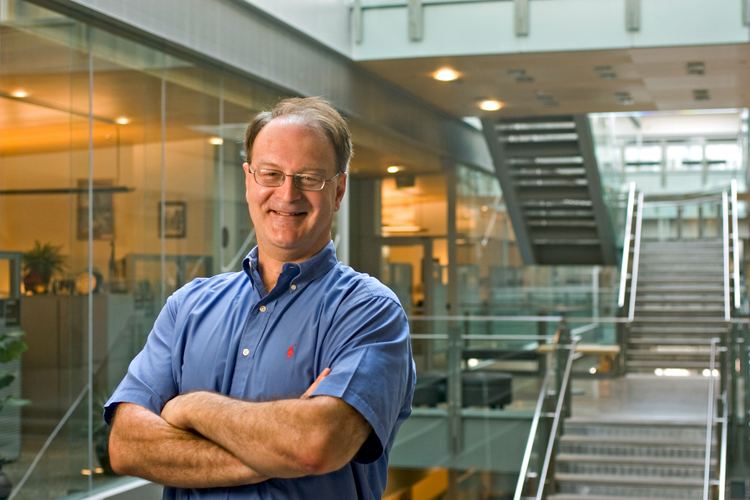
Rittmann was the President of the Association of Environmental Engineering and Science Professors in 1990-91, the same organization’s Distinguished Lecture in 2004, chairman of two National Research Council (NRC) committees concerning in situ bioremediation, vice-chairman of the NRC’s Water Science and Technology Board, and Editor-in-Chief of Biodegradation.
Rittmann is married to Marylee MacDonald and the proud step father of Drs. Jacqueline MacDonald-Gibson, Robert MacDonald, Theodore MacDonald, and John MacDonald.
Biofilm modeling
Rittmann is one of the pioneers in developing and applying mathematical models of biofilms, which are microorganisms that grow attached to a solid surface. Although some biofilms are infamous for causing infections or fouling the surfaces of pipes, ships, and membranes, Rittmann focuses on the good biofilms used to treat contaminated water. Mathematical modeling is a powerful tool to integrate the several microbiological, chemical, and transport processes that occur together in a biofilm. Models can represent the gradients in substrates that the microorganisms metabolize, the products generated by the microorganisms, and the different types of microorganisms that exist together in biofilms. Rittmann's PhD dissertation focused on biofilm modeling, and he and his team have expanded the scope and power of biofilm modeling up through today.
Molecular microbial ecology
Originally working in cooperation with Dr. David Stahl, Rittmann introduced the powerful tools of molecular biology to environmental engineering, helping create the exciting field known today as Environmental Biotechnology, in which the goal is to manage microbial communities so that they provide services to society. The tools of molecular microbial ecology directly interrogate the genetic information in microorganisms. They make it possible to determine what types of microorganisms are present in the complex communities of environmental biotechnologies, what reactions those microorganisms can carry out, what reactions they are carrying out, and how they interact with each other and their environment. Now working hand-in-glove with Center colleague Dr. Rosa Krajmalnik-Brown, Rittmann is using molecular microbial ecology to understand and manage microbial communities in a wide range of microbiological processes used for removing pollution from water, generating renewable resources, and improving human health.
Microbial products
Rittmann and several colleagues were the first to define soluble microbial products (SMP), which comprise a wide range of soluble organic molecules that microorganisms release to their environment. With Dr. Chrysi Laspidou, Rittmann linked SMP to the solid-phase products generated by microorganisms, the extracellular polymeric substances (EPS); they created the “unified model” of SMP, EPS, and active biomass, and it has been expanded and applied to all types of microbiological processes. Being major sinks for electrons and carbon, SMP and EPS have profound impacts on the performance of environmental biotechnologies in terms of effluent quality and the composition of the biomass.
Bioremediation
Bioremediation refers to the microorganism-based clean up of contaminated soils and associated water. Rittmann's PhD research involved bioremediation of organic micropollants from wastewater recharge to aquifers. His work expanded to the bioremediation of chlorinated solvents, petroleum hydrocarbons, and radionuclides. Rittmann helped establish and direct the field of in situ bioremediation through the publication of two National Academy reports from committee he chaired: In Situ Bioremediation: When Does it Work? (1993), and Natural Attenuation for Groundwater Remediation (2000).
Membrane biofilm reactors
Rittmann is the inventor of the Hydrogen-based Membrane Biofilm Reactor (MBfR), which can be used to reduce and detoxify a wide range of oxidized pollutants commonly found in water: e.g., nitrate, perchlorate, chromate, selenate, trichloroethene, and uraninite. In the MBfR, H2 gas is delivered directly to H2-oxidizing bacteria that live on the outer surface of a bubble-less gas-transfer membrane. The oxidized contaminants in the water moving past the biofilm are reduced to harmless or readily removed forms. Rittmann holds six patents on the MBfR, which is commercialized at the ARo (Autotrophic Reduction of) technology by APTwater. The MBfR won the 2011 Environmental Engineering Excellence Award from the American Academy of Environmental Engineers.
Photobioenergy
Rittmann’s photobioreactor team is working towards finding practical ways to utilize photosynthetic microorganisms to capture sunlight energy and convert CO2 into valuable feedstock for fuels and chemicals. The team focuses on advanced photobioreactor systems that give high productivity of the target product. The product can be part of the biomass itself or chemical synthesized and excreted by the photosynthetic microorganisms. The latter theme is in cooperation with Dr. Willem Vermaas of ASU’s School of Life Sciences. The ultimate goal is to make CO2 a resource for generating renewable fuels and chemicals.
Microbial electrochemical cells
Microbial electrochemistry utilizes bacteria that are able to transfer electrons to the anode of an electrochemical cell. Called “anode-respiring bacteria,” they are able to oxidize organic molecules and create an electrical current that can be used to generate electrical power, hydrogen gas, hydrogen peroxide, or other reduced materials, depending on conditions at the cathode of the electrochemical cell. Working with Center colleagues Dr. César Torres and Dr. Sudeep Popat, Rittmann is advancing the fundamental science and technology bases for microbial electrochemistry, with the ultimate goal of using the technology to capture the energy in organic waste streams as valuable energy or chemical outputs.
Intestinal microbial ecology
The human intestines harbor a very high diversity of microorganisms that interact with the human host in ways that profoundly affect the host’s health. Working with Center colleagues Dr. Rosa Krajmalnik-Brown and Dr. Andrew Marcus, Rittmann is helping to uncover the microorganisms that are essential for good health, as well as means to enhance the activity of our “good” bacteria. The team’s work is characterized by its comprehensive nature and orientation towards microbial ecology. The utilize high-throughput genomics, metabolomics, and quantitative modeling to understand the complex interactions among the many microorganisms and the human host, as well as to uncover means to manage the microbial communities towards good health outcomes.
Books
Refereed journal papers
Complete list
